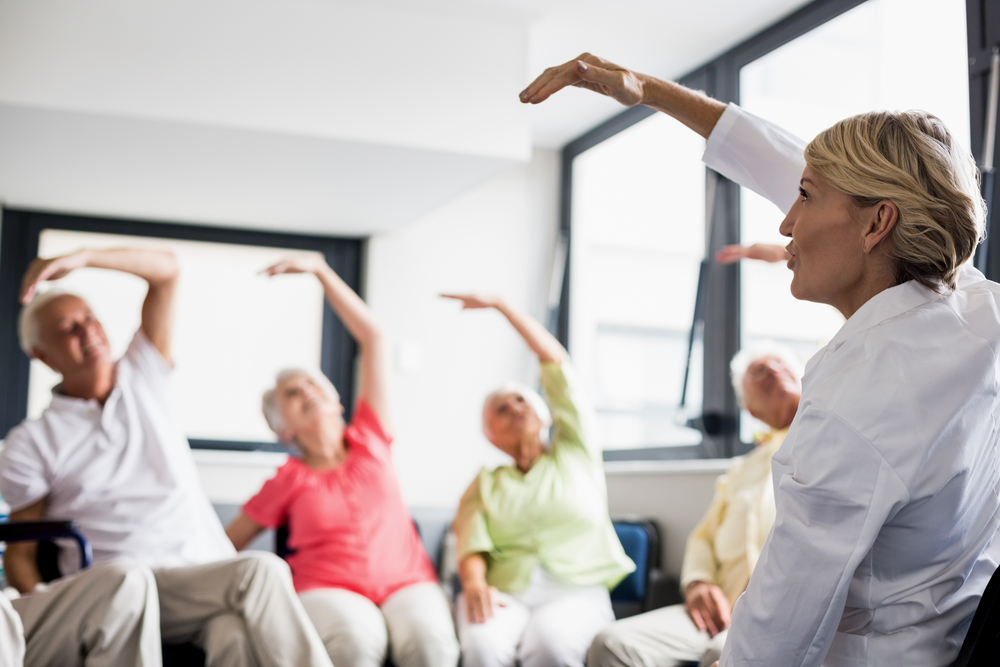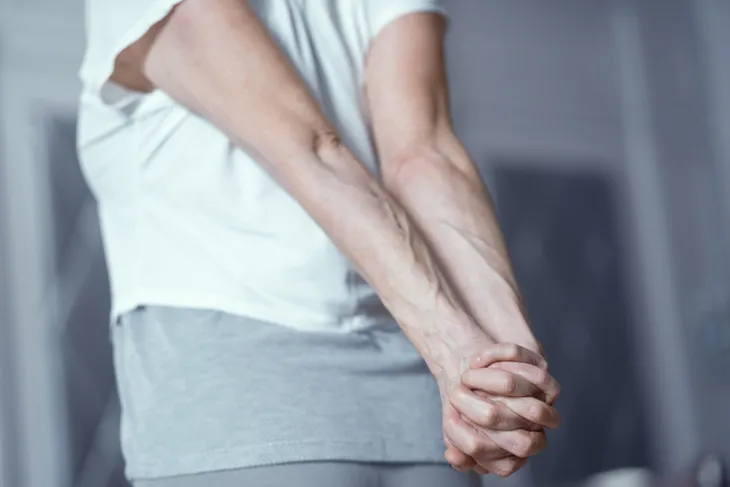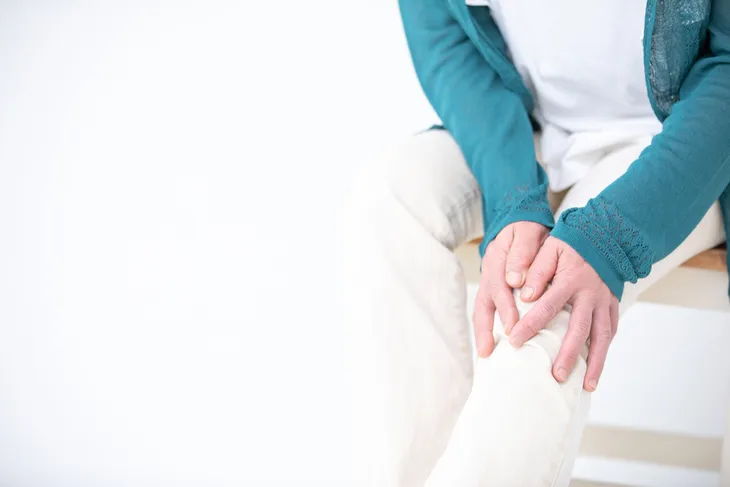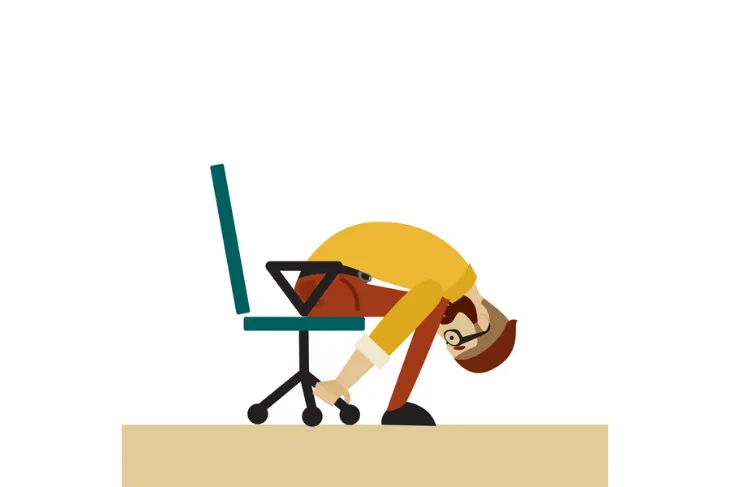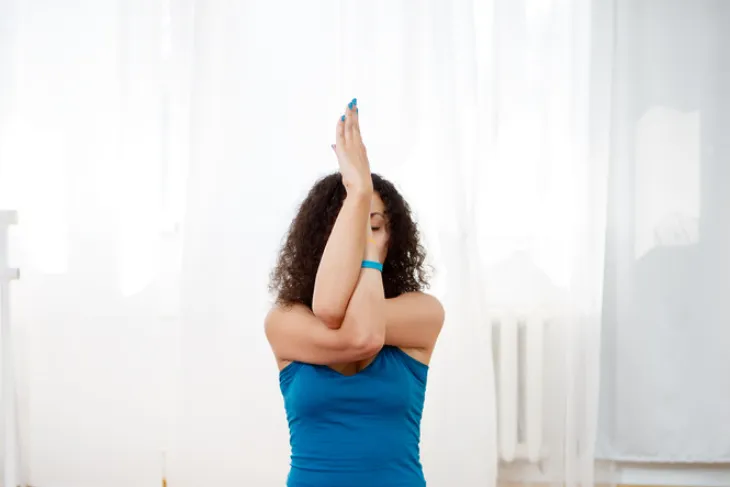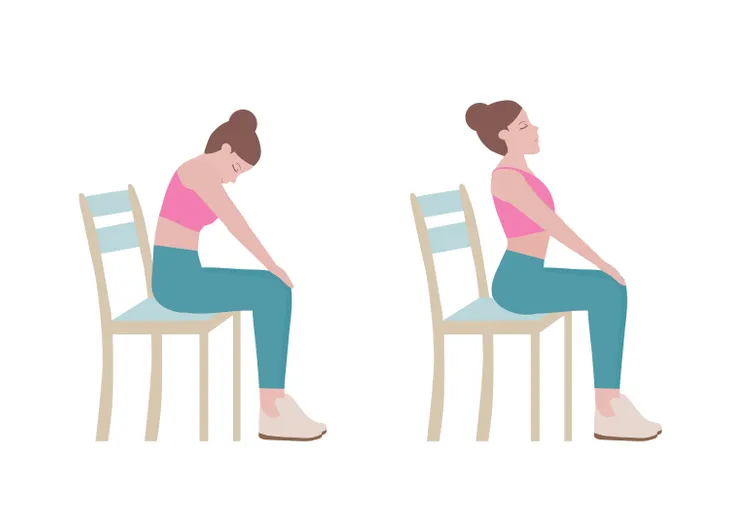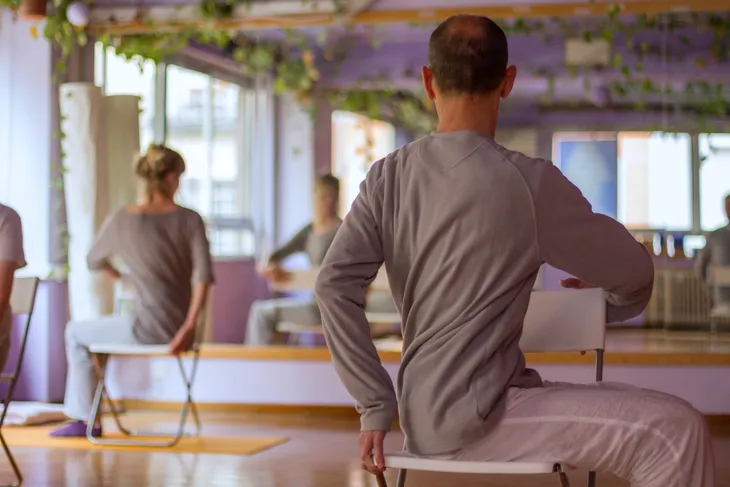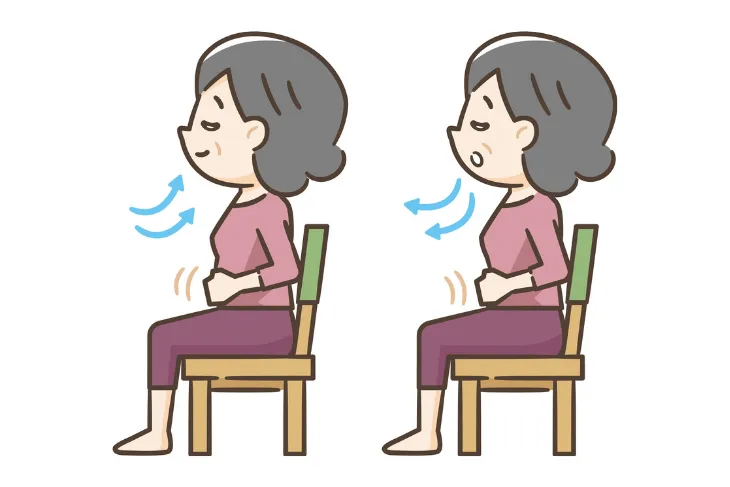Engaging in regular exercise is one of the most important things you can do, especially as we get older. The Center for Disease Control and Prevention (CDC), recommends that you get at least 150 minutes of moderate-intensity activity per week with at least two days dedicated to strengthening your muscles. Yoga is a great low-impact form of exercise that offers plenty of benefits for older adults. This includes reducing stress, pain, fatigue, and inflammation in the body while also increasing flexibility and strength.
While yoga can benefit everyone, regardless of your age, it can be hard to do especially if you have don’t have good balance, have trouble standing, or if you have never tried yoga before. If that’s the case then you should give chair yoga a try! Even though you’ll be practicing modified poses, you will still get all the same benefits of regular yoga. Let’s explore 10 chair yoga exercises you can start doing now!
Before beginning make sure you have a sturdy chair. It’s also worth noting, you should speak with your medical professional before starting a new workout regimen.
Want senior content delivered straight to your inbox? Sign up for our exclusive email list and receive articles and news on diet & nutrition, fitness, and mental health dedicated specifically to our senior audience!
Seated Warrior I
The warrior I pose is great for opening your hips, chest, and legs. It will also help you improve your balance, stability, core strength, and will promote good circulation and respiration. Begin by sitting sideways on the chair facing the right. Keep your right leg bent over the side of the chair then swing your left leg behind you.
Next, position your left foot to be parallel with the seat and straighten your leg. Keep your torso facing over the right leg and then on an inhale raise your arms to the ceiling and hold for a few breaths. Then exhale and bring your arms down and position your body on the other side and repeat.
Seated Reverse Arm Hold
This exercise is another great yoga pose that opens up your chest. It also stretches your shoulders and can even help improve posture, breathing difficulties, and relieves stress.
Begin by sitting up tall in your chair. Take a deep breath in a stretch both arms out to your sides, keeping your palms facing down. Next, as you exhale, roll your shoulders forward slightly, and bends the elbows so you can clasps your hands being your back. Gently pull your hands away from each other without releasing your hold. Repeat for five breaths.
Seated Single Leg Stretch
Begin by repositioning until you’re sitting on the edge of the seat. Then, sit up tall and stretch your right leg out with your heel resting on the floor and your toes pointing towards the ceiling. Next, stretch both hands on your leg and take a deep breath in. On the inhale raise through the spine and then exhale and slowly bend over your right leg. Slide your hands down your leg as you go.
Stretch as far as you can do so comfortably whether that’s grasping the back of your knee, calf, or ankle. Hold this position for five breaths before rising back up. Repeat the same pose with your left leg.
Seated Forward Bend
The seated forward bend is a great pose that promotes digestion because it massages your intestines. It’s also great for stretching your back muscles and for lengthening your spine.
For this pose, inhale and sit up tall. As you exhale begin to fold over your legs keeping your hands resting at your sides. Take five deep breaths and on an inhale lift your torso back up to the upright position.
Seated Mountain
The mountain pose is great for focusing on your breath. It will also help you engage your core and improve your posture. You might even want to consider coming back to this pose after each yoga exercise.
Begin by taking a deep breath while sitting up tall in your chair. On the exhale, make sure your sit bones are rooted in the chair. Your legs should be bent 90-degrees over your chair with your knees directly over your ankles. Next, take a deep breath, and on the exhale, roll your shoulders down your back while you pull your belly button towards your spine.
You’ll also want to relax your arms at your sides. Finally keep your legs engaged, lift your toes, and press the corners of your feet firmly into the ground. Repeat this for a few deep breaths.
Seated Eagle Arms
The seated eagle arms pose is great for everyone to practice but especially for those who have a stiff back and shoulders. This pose will help stabilize and flex your shoulder joint while also relaxing your shoulders and upper back.
Take a deep breath in and as you exhale, bring your arms in front of you with your right arm under your left arm. Cross your wrists if you are able and lift the elbows to the height of your shoulders. Make sure you keep your shoulders relaxed and away from the ears. Hold this position for a few breaths and then uncross your arms and switch sides.
Seated Cat-Cow Stretch
The cat-cow stretch is an excellent yoga exercise that will open up the chest and lungs. It can also help relieve lower back pain. Get started by sitting tall in your chair with both feet flat on the floor.
Next, place your hands on the top of your thighs or on the knees — whichever feels more comfortable for you. Take a deep breath in and move into the cow stretch by rolling your shoulders down and back, bringing your shoulder blades together. Take a few deep breaths here.
Then, on an exhale you’ll move into the cat stretch by rounding your spine and bring your chin to your chest while also allowing the shoulders and head to come forward. Take a few deep breaths here and then alternate back and forth from the cow and cat stretch while focusing on your breathing.
Seated Spinal Twist
This yoga pose is great for relieving lower back pain while also promoting spinal mobility. It also promotes good digestion as the movement massages your internal organs.
Sit up tall in your chair and take a deep breath in. As you exhale, begin to gently twist your upper body to the right and look over your right shoulder. Your right hand will rest on the top of your chair while your left hand will rest at your side. Hold this pose for a few deep breaths and then release the twist back to the starting position. Finally, repeat on the left side.
Seated Pigeon
The seated pigeon pose will help lengthen and stretch your hips, thighs, and glute muscles. It also promotes flexibility in your hips, helps improve posture, relieves lower back pain, and stimulates your internal organs.
Sit up tall in the chair with your feet flat on the floor and ensure your knees are directly above your ankles. Next, bring your right ankle up and rest it on your left thigh. Try your best to keep the knee in line with your ankle. Stay here or bend forward to increase the stretch. Hold the position for a few deep breaths before switching to the left leg.
Seated Savasana
Savasana is a great resting pose you should practice at the end of your yoga routine. This pose helps you absorb all the positive effects of the yoga poses you just performed and helps you transition into the rest of your day.
The pose is simple. Sit back in your chair and place the palms of your hands on your thighs. Close your eyes and take several deep breaths, allowing your body to feel completely relaxed.
